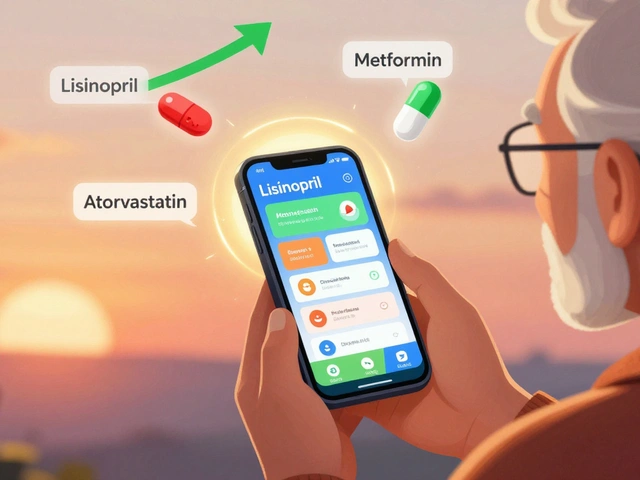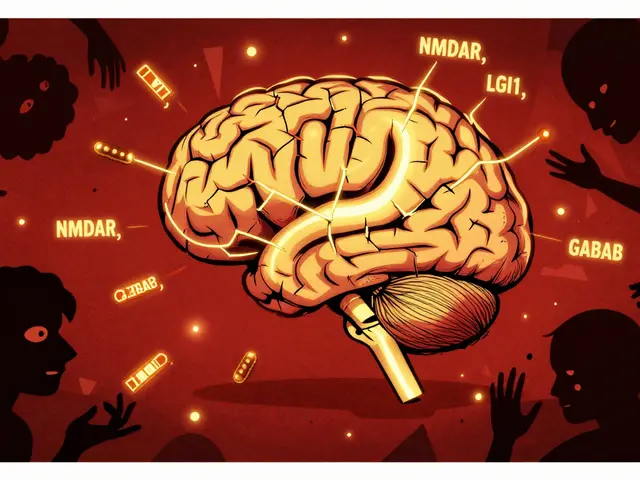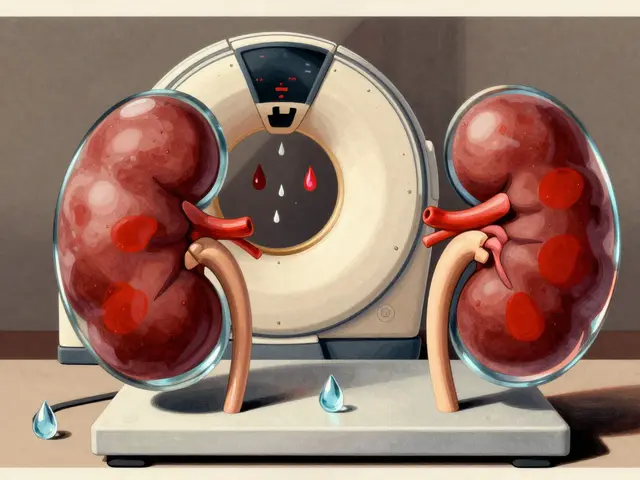BCMA Systems: What They Are and How They Shape Modern Cancer Treatment
When you hear BCMA systems, a class of targeted cancer therapies that lock onto the B-cell maturation antigen found on multiple myeloma cells. Also known as BCMA-targeted therapies, they enable the immune system to find and destroy cancer cells that other treatments miss. This isn’t science fiction—it’s happening in clinics right now, giving patients with advanced multiple myeloma new life expectancy and real hope.
BCMA systems work by training the body’s own immune cells to hunt down cancer. The most common type is CAR-T cell therapy, a personalized treatment where a patient’s T cells are removed, genetically modified to recognize BCMA, and then infused back into the body. These engineered cells stick to BCMA proteins on myeloma cells like a key in a lock, triggering the cancer cell’s destruction. Another approach uses bispecific antibodies, lab-made proteins that grab both BCMA on cancer cells and T cells to force them together. Both methods skip the slow, broad damage of chemo and go straight for the target.
These therapies aren’t perfect. Side effects like cytokine release syndrome and nerve issues can be serious, but they’re manageable with proper monitoring. What makes BCMA systems stand out is how they work for patients who’ve run out of options. If you’ve tried several rounds of chemo, steroids, or even proteasome inhibitors and your cancer came back, BCMA-targeted treatments might be your next step. And they’re not just for late-stage cases anymore—doctors are testing them earlier, even as maintenance after transplant.
The science behind BCMA systems is evolving fast. New versions are being built to last longer in the body, avoid resistance, and work without needing to harvest your own cells. Some are even being designed as off-the-shelf treatments, which could cut wait times from weeks to days. What’s clear is that BCMA systems have moved from experimental to essential in multiple myeloma care.
Below, you’ll find real-world guides on how these therapies fit into broader treatment plans—like managing side effects, understanding lab results during therapy, and how they interact with other drugs. You’ll also see how they compare to older treatments, what patients report after starting them, and how to prepare for the process. This isn’t theory. It’s what people are living through right now.






